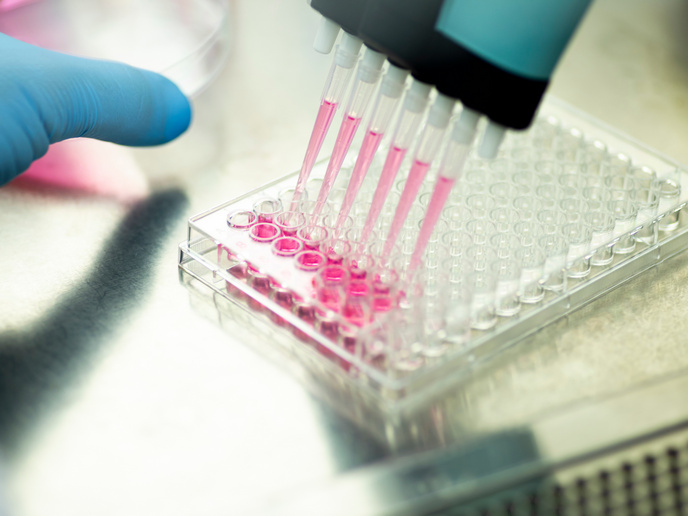Understanding what makes a strong, healthy bone
Just as you can’t build a great building on a weak foundation, you can’t have a healthy body without strong bones. Luckily, thanks to a process called mineralisation, our bones are rather good at keeping in shape. “While bone mineralisation contributes to forming a strong and stiff bone, when mineralisation is irregular, the opposite can happen,” says Suwimon Boonrungsiman(opens in new window), a scientific researcher at King’s College London(opens in new window). So, where’s the line between good and dysfunctional bone mineralisation? With the support of the EU-funded BoneImaging project, Boonrungsiman aimed to find out. The research was undertaken with the support of the Marie Skłodowska-Curie Actions(opens in new window) programme.
A new sample preparation process
According to Boonrungsiman, the process by which mineralisation is regulated in healthy and pathologic bone is not well-understood. “If we could pull the curtain back on this complex mechanism and identify the process that leads to pathological conditions, we could open the door to developing therapeutic strategies for restoring bone function,” she adds. The challenge is that traditional sample preparation processes can compromise the crystallinity of the minerals, potentially leading to misinterpretations. To avoid this risk, researchers developed a sample preparation process based on electron microscopy – a process that uses a beam of electrons to magnify an object’s image. Not only does this allow one to examine a calcified sample, more importantly, it allows one to do so without inadvertently introducing unwanted artefacts during sample preparation. “Our sample preparation method allows for the comprehensive exploration of the entire mineralisation process, from nucleation and transport within bone cells to their ultimate incorporation into the bone matrix,” explains Boonrungsiman.
A direct and differentiable comparison
Using this sample preparation method, the BoneImaging project tracked two cell-regulated mineralisation processes. One process occurred intracellularly, or within the mitochondria and vesicles, while the other happened extracellularly, or within matrix vesicles. “Our work provided a step-by-step overview of these two mechanisms, allowing for a direct and differentiable comparison based on size and mineral morphologies,” notes Boonrungsiman. The project also studied the mineralisation mechanism in hypo-mineralised bone, research that identified two alterations of mineralisation organelles. However, because these organelles coexist with normal mechanisms, further research and chemical analyses are needed to confirm these alterations and establish their connection to the observed phenotype.
Opening the door to restoring bone function
By providing missing insight into the mineralisation process, the BoneImaging project has advanced our understanding of what makes a healthy bone. “Identifying altered mechanisms within the genetically deficient model may provide a link to understanding abnormal phenotypes and provide preliminary data for future studies aimed at identifying treatment targets to restore bone function,” concludes Boonrungsiman. But the project’s work is by no means limited to bone mineralisation. Its sample preparation and analysis workflow can also be applied to other calcified tissues, including pathological calcification.







